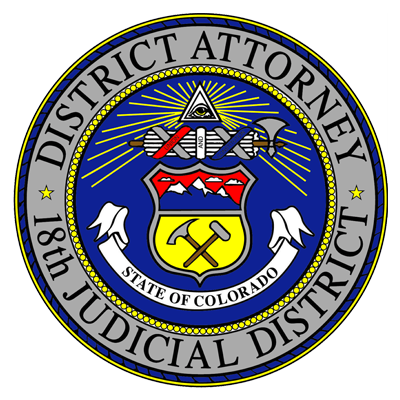Domestic Violence (DV), also called Intimate Partner Violence (IPV), can take many forms, it is not just about physical violence. Are you being hurt or controlled? Do you know someone who is? Domestic Violence is abuse by a current or former, spouse or a boyfriend or girlfriend, or intimate partner in order to maintain power and control over the other person. The abuse can take many forms including verbal, emotional, psychological, physical, sexual, and economic. Domestic violence can happen to anyone, and anyone can be an abuser.
Anyone can be a victim, there is NO “typical victim.” Victims of domestic violence come from all walks of life, all age groups, all backgrounds, all communities, all education levels, all economic levels, all cultures, all religions, all abilities, and all lifestyles.
Anyone can be an abuser. Abusers come from all walks of life, all age groups, all backgrounds, all communities, all education levels, all economic levels, all cultures, all religions, all abilities, and all lifestyles. They can be your neighbor, your pastor, your friend, your child’s teacher, a relative, a coworker….anyone. The majority of abusers do not have a criminal history and are generally law-abiding outside the home.
Abuse is:
- Learned behavior
- Often repeated and escalating
- Coercive and targeted
- Present in all ages, races, ethnicities, cultures, sexual orientations, religions, economic and education level
- Carried out in an environment of fear and intimidation
What is Domestic Violence (DV) or Intimate Partner Violence (IPV)
What is domestic violence?
Dynamics of Abuse
Signs of an Abusive Partner
Power and Control Wheel
Safety
- To leave an abusive relationship safely, advance planning is essential.
- If an argument seems unavoidable, have access to an exit
- Know how to get out of your home safely
- Identify one or more neighbors that you can tell about the violence, and ask that they call 911 if they hear a disturbance coming from your home
- Choose a code word to use with your children, family, friends, and neighbors when you need the police
- Plan where you will go if you have to leave (even if you don’t think you will ever need to)
- Identify safe places you can go in an emergency
- Have a packed bag ready and keep it at a relative’s or a friend’s home in case you need to leave quickly
- Talk to office or building security and provide a picture of your abuser
- Screen your calls
- If you are in school, inform your adviser and the security office
- Have someone escort you to your car
- Use a variety of routes to go home if possible
- Devise a plan should something happen while going home
Have access to the following:
- Identification such as a driver’s license, social security card, green card, or passport
- Important papers such as birth certificates, insurance information, school and health records, welfare and immigration documents, and divorce or other court documents
- Money, credit cards, bank account number, and ATM cards
- Copies of your protection order
- Keys (for home, car, and office)
- Medications and prescriptions
- Phone numbers and addresses
- Clothing and comfort items for you and your children
- Jewelry and other valuables
- A savings account in your own name
- A shelter phone number
Safety Planning
While you know your situation best if you fear for your safety, you are being threatened or hurt, or a crime is being committed, YES, call 9-1-1. A dispatcher will typically stay on the line with you, but you can always ask them to stay on the line until police arrive.
Remember – if you are in danger – call 9-1-1
If you know or suspect that someone is being abused, there are ways you can help:
- Do not blame the victim
- Allow the victim to make her own decisions
- Review a safety plan with the victim
- Offer to receive mail for the victim, or drive her to the police station, doctor’s office or court
- Stay in contact, even if the abuser makes it difficult
- Educate yourself further about domestic violence
- Be a good listener: Talk about what will work for the victim, NOT what you think you would do in the same situation
A protection order is issued by a court and tells the abuser to not “harass, molest, intimidate, retaliate against or tamper with” the victim. A protection order may also be known as a restraining order, a civil protection order, or a no contact order. Anyone may request a civil protection order, whether or not they have contacted the police. A filing packet may be obtained from the court or by contacting a domestic violence agency for assistance in filing for an order. A mandatory protection order is automatically entered in all criminal domestic violence cases.
If you are searching for additional resources please download our community resource directory.

